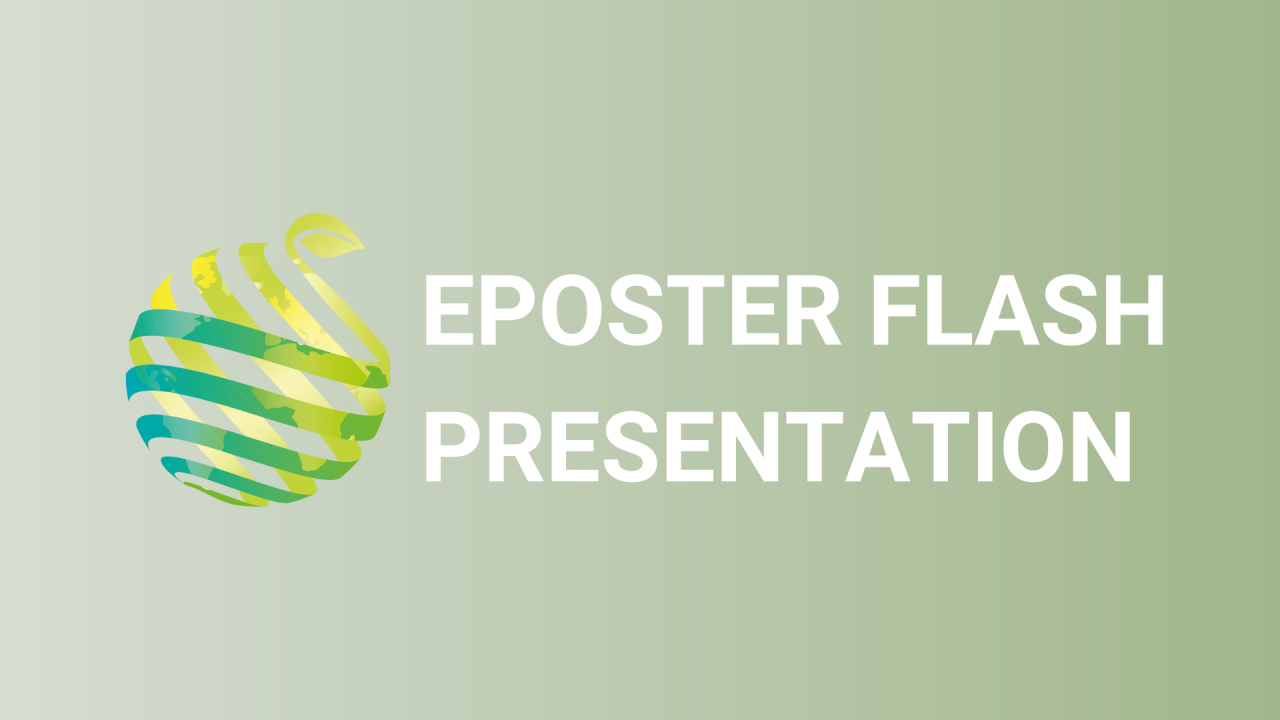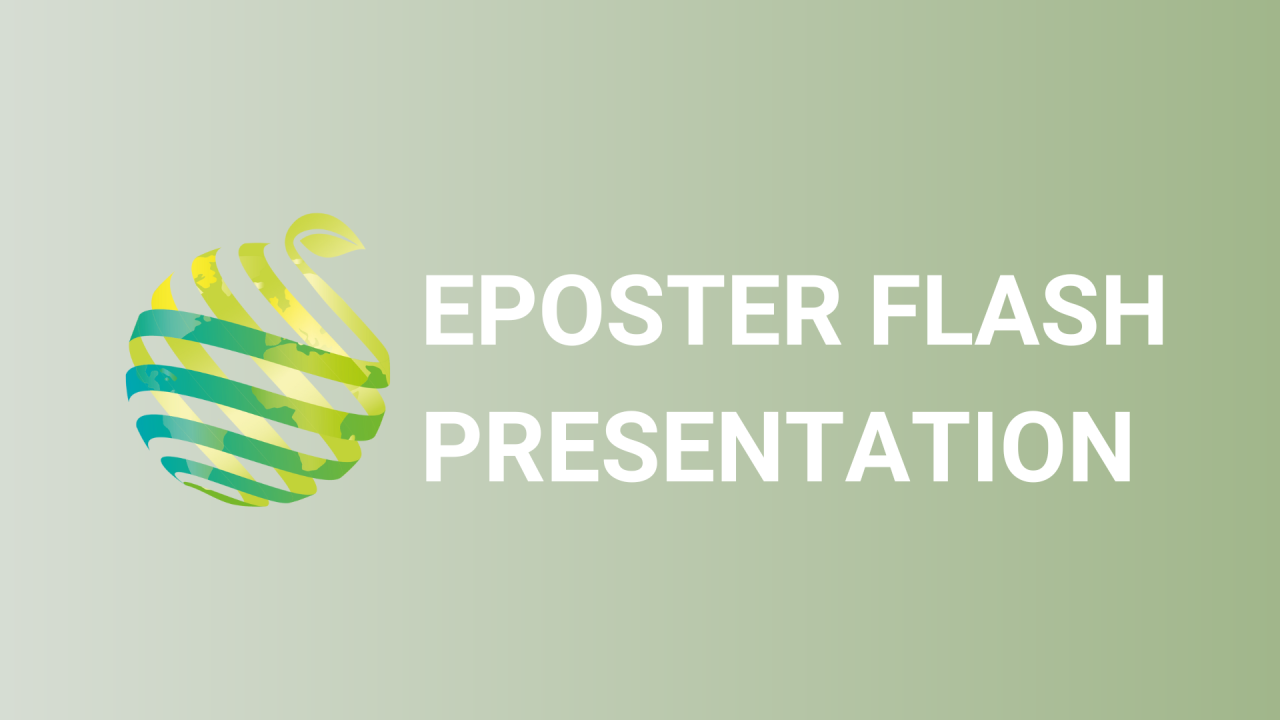

S14 - Session P3 - Isolation and chemical characterization of insect antifeedants from Melia volkensii against fall armyworm, Spodoptera frugiperda,and red flour beetle, Tribolium castaneum
Information
Authors: Florence Olubayo *, Victor Jaoko, Stefaan Werbrouck, Guy Smagghe, Jan Vandenabeele, Titus Magomere, Sven Mangelinckx, Jackson Mulatya, Nji Tizi Clauvis Taning, Simon Backx, Pierfranscesco Motti
The fall armyworm, Spodoptera frugiperda , and red flour beetle, Tribolium castaneum are insect pests of economic importance that have a negative impact on maize production and stored grains,respectively.The continued use of synthetic insecticides has been reported to cause undesirable effects and negative consequences on the environment, human and other non-target organisms leading to renewed interest in botanical pesticides as a safer alternative. In this study, we employed a bioactivity-guided strategy to isolate and identify insect antifeedants from Melia volkensii, an indigenous tree species native to drylands of East Africa. Laboratory screening of methanolic extractsfrom the bark, leaves, nuts and pulp showed that M. volkensii nuts and pulp extracts had higher antifeedant activity against Spodoptera exigua (used as substitute for S. frugiperda ) and T. castaneum . Further fractionation of the nut and pulp extractswas done using solvents of increasing polarity. Biotesting of the solvent fractions showed that antifeedant activity was retained in the dichloromethane fraction, which was subsequently purified using column chromatography. The respective chromatographicsubfractionswere tested against the insects to identify bioactive fractions. The bioactive nut subfractions were subjected to preparative-HPLC and preparative-TLC to yield pure toosendanin. Recrystallization ofthe bioactive fraction from pulp yielded pure salanninolide. The limonoidcompoundswere positively identified using LC-MS and NMR spectroscopy. This study provides new leads for development of insect control compounds and shows that M. volkensii extracts could be incorporated in integrated pest management.